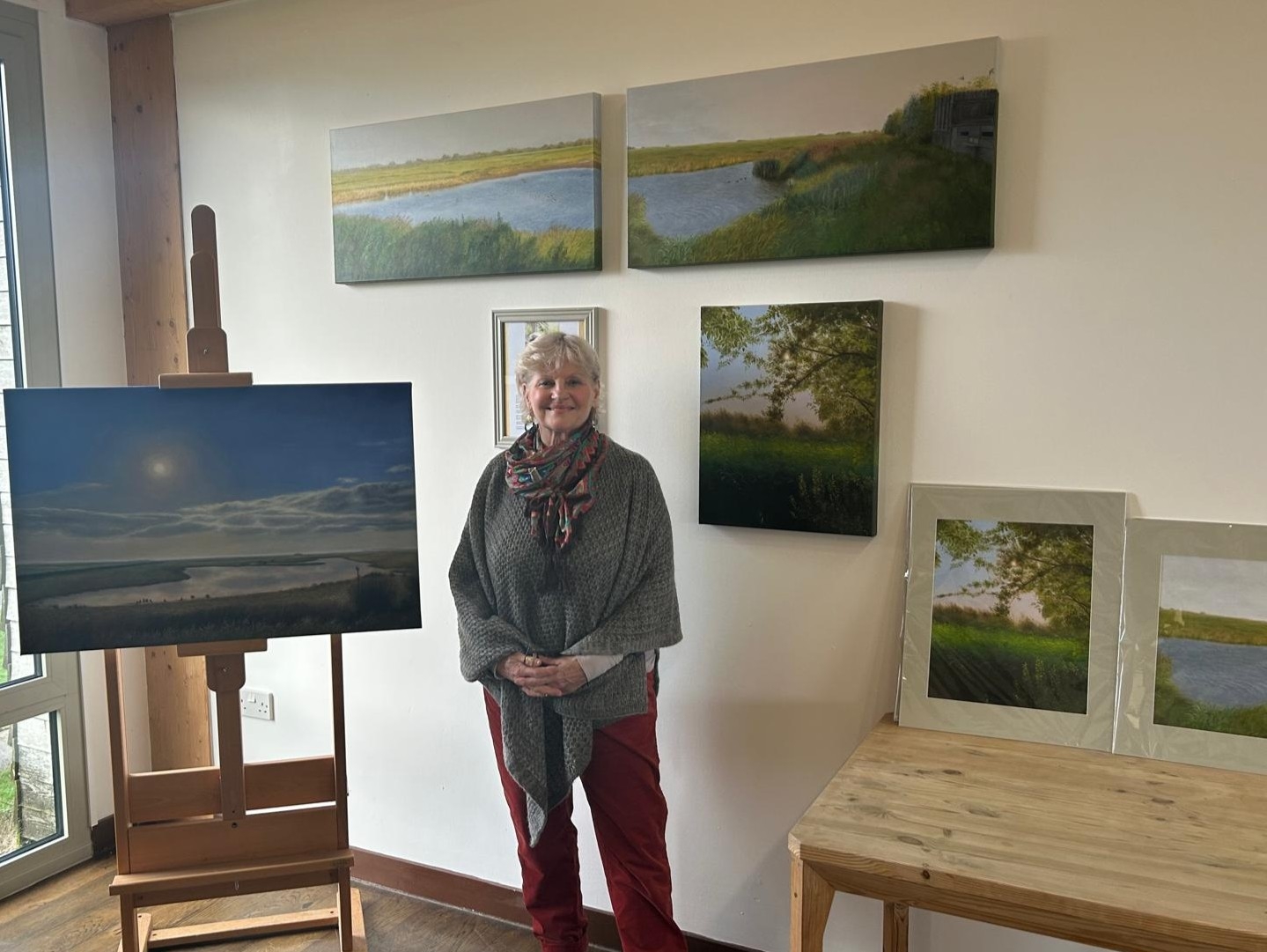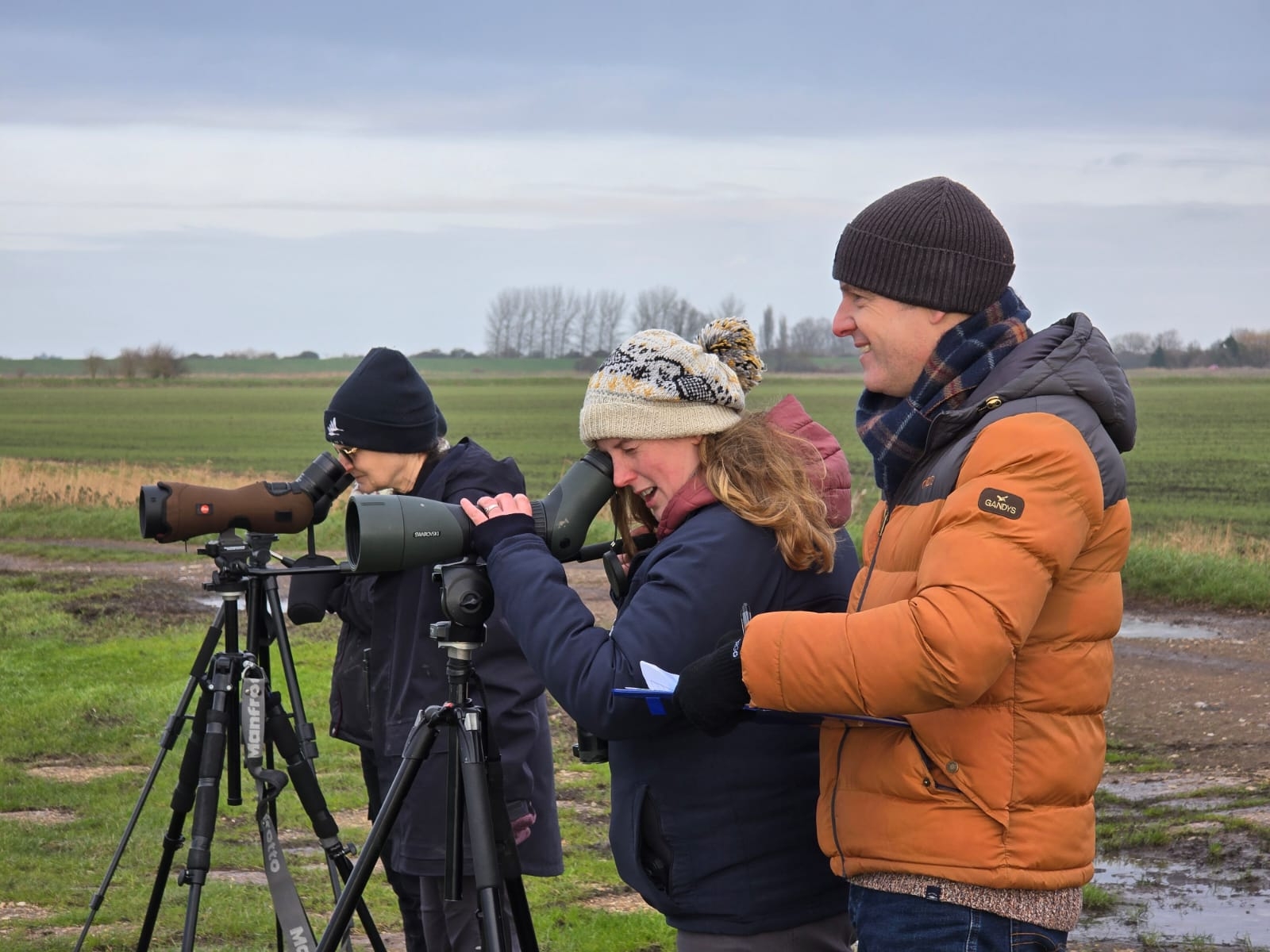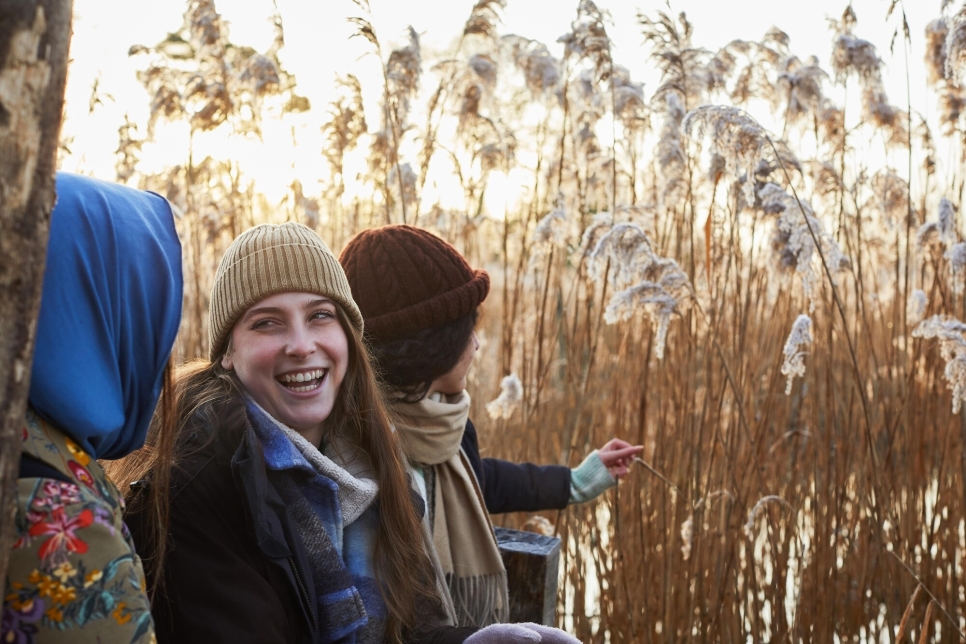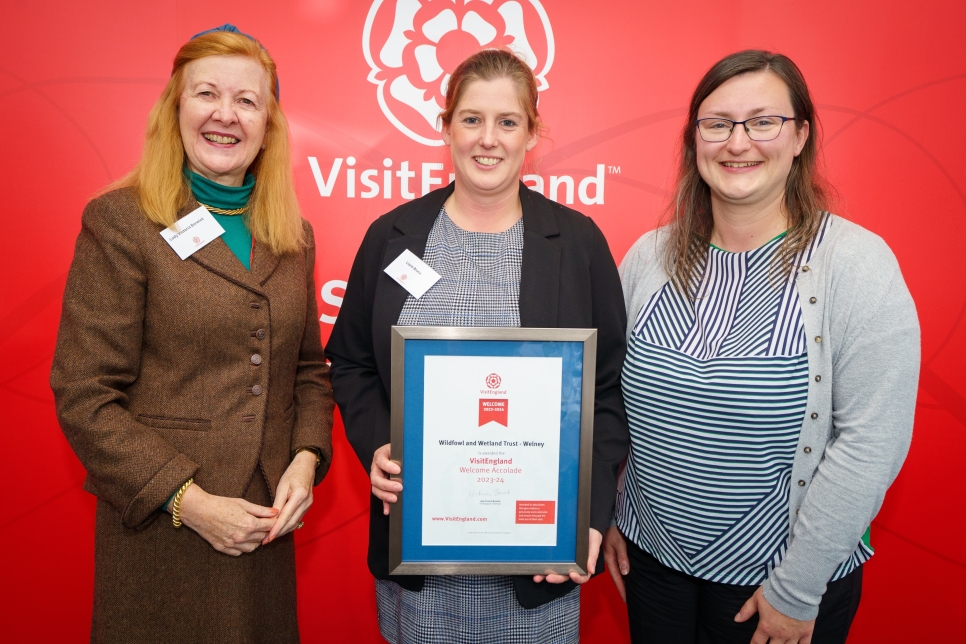Rarest swan suffers alarming crash in numbers, new figures reveal
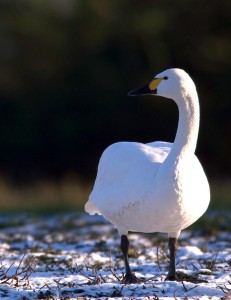 The UK’s smallest and rarest swan has suffered an alarming crash in numbers, according to new figures released today by the Wildfowl & Wetlands Trust (WWT).
The UK’s smallest and rarest swan has suffered an alarming crash in numbers, according to new figures released today by the Wildfowl & Wetlands Trust (WWT).
In some winters, the Ouse Washes receives up to 25-33% of the whole of the Northwest European Bewick's swan population. Making this site spanning Norfolk and Cambridgeshire a hugely important wetland habitat for this species.
More than a third of Bewick’s swans that winter in Europe have disappeared since 1995, when total population peaked at 29,000. The latest figures show that, by 2010, there were just 18,000 left. WWT scientists fear that the next census, due this winter, will reveal a further, more worrying decline.
WWT’s started studying Bewick’s swans exactly 50 years ago, when artist and naturalist Sir Peter Scott first recorded the facial markings of the birds in the flock that roosted at WWT’s Slimbridge HQ. Today this work is one of the most intensive single-species studies in the world and has recorded in detail the lives of nearly 10,000 individual swans.
WWT has expanded its swan research over the decades and linked up with researchers throughout the migratory swans’ range in northern Europe and Russia. Together they have managed to get international protection for a chain of wetlands along the way that are vital for the swans to feed and rest.
Despite protection for their wetland habitats, the swan population has gone into decline. WWT is currently raising money through its Hope for Swans appeal in order to deliver the Bewick’s Swan International Action Plan, which aims to stabilise the population.
WWT Head of UK Waterbird Conservation Eileen Rees said:
“At this time each year the Bewick’s swan flocks start to return to the UK’s wetlands from their arctic breeding grounds. But recently they have been returning with too few young, and the numbers indicate that they aren’t producing enough offspring to replace all the swans that have died over the year.
“We have two possible solutions: to find out and address what’s hampering breeding, and to reduce the number of preventable deaths along their migration route. We have a plan in place to do both, and much work is underway already, but we need to do it all if we’re to change the fortune of our wildest and most beautiful swan.”
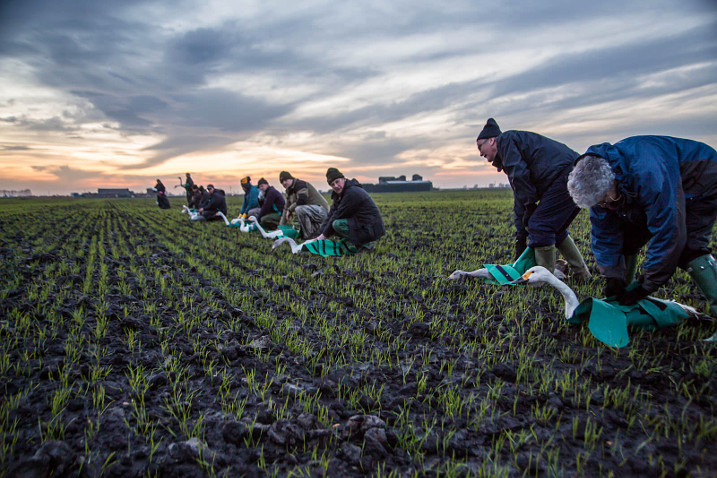
The international swan census and action plan are both coordinated by the Wetlands International/IUCN Swan Specialist Group. WWT is the current chair of this partnership, which is tasked with investigating and addressing the reasons for the Bewick’s swan’s rapid decline.
Work already underway to tackle the threats facing Bewick’s swan includes:
- Illegal hunting: WWT has x-rayed Bewick’s swans for forty years and found them living with shotgun pellets embedded in their bodies. It is now working with international shooting organisations and local communities along the flyway to try to pinpoint hotspots of illegal shooting and understand the reasons behind it.
- Power lines: WWT is studying the flight paths of geese and swans in relation to power lines on behalf of Electricity North West, so they can route their lines where there is less risk of collision or attach diverters to alert birds to their presence.
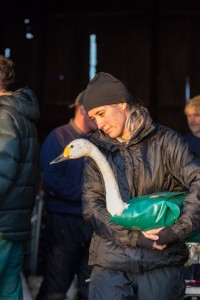 Wind farms: WWT is using tracking devices to plot Bewick’s swan flight paths across the North Sea on behalf of DECC, so they can advise on the location of large offshore wind farms to reduce the collision risk for migrating swans.
Wind farms: WWT is using tracking devices to plot Bewick’s swan flight paths across the North Sea on behalf of DECC, so they can advise on the location of large offshore wind farms to reduce the collision risk for migrating swans.- Lead poisoning, from ingesting spent lead shot used in shooting: WWT is working with UK shooting organisations as part of a Lead Ammunition Group to advise the Government on the health risks associated with lead shot poisoning, and how they might be managed.
- Analysing demographics: WWT has recently embarked on new analyses confirming the extent to which variation in survival and breeding success explains the population decline, and the environmental reasons underlying these drivers of population change. In particular, the extent to which any changes in land use are affecting the birds’ winter food supply, and thus the swans’ fitness before migration, will be assessed.
- Monitoring population trends: WWT runs the Goose and Swan Monitoring Programme in the UK each year, which highlights problems at the earliest stage. This feeds into the International Swan Census, which is run every five years, the next being due in January 2015.
- Swan behaviour: WWT’s Bewick’s swan bill pattern study, which has run for 50 years, has significantly increased our understanding of the species, revealing for the first time their habits and social behaviour.
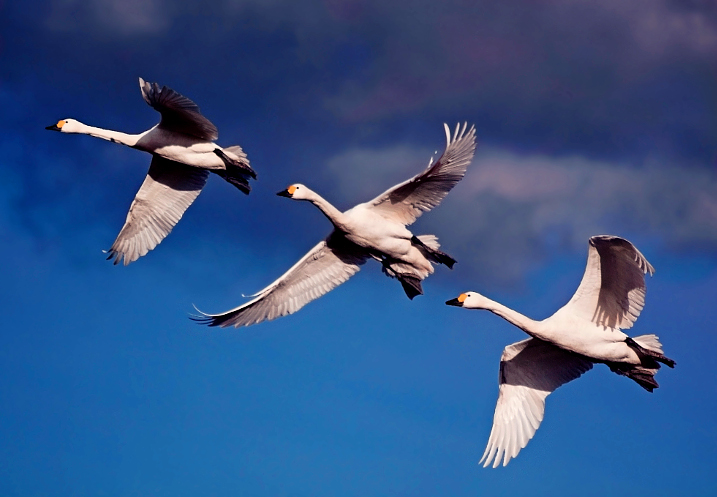
Bewick’s swans reach maturity at four years’ old. When breeding successfully (and less than 50% of the population attempts to breed each summer), each pair produces just one or two young a year on average. So every adult swan that dies a preventable death is an unnecessary and very significant blow to the species.
The swans’ breeding grounds are remote and inhospitable and finding out what is affecting breeding is the biggest challenge to their conservation. Climate change might be throwing the breeding swans out of synch with their food supply, or they may arrive from migration unfit to breed because of land changes or competition with other species along their route. Understanding the underlying problems is critical to taking action to boost breeding success.
Click here for more information on swans, how to support their conservation and where to see then in the UK.
